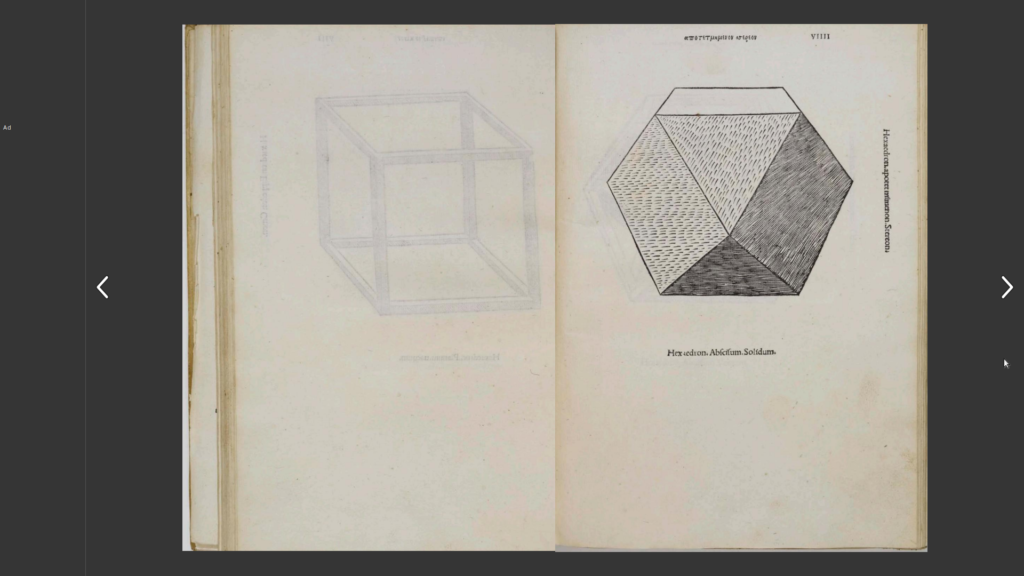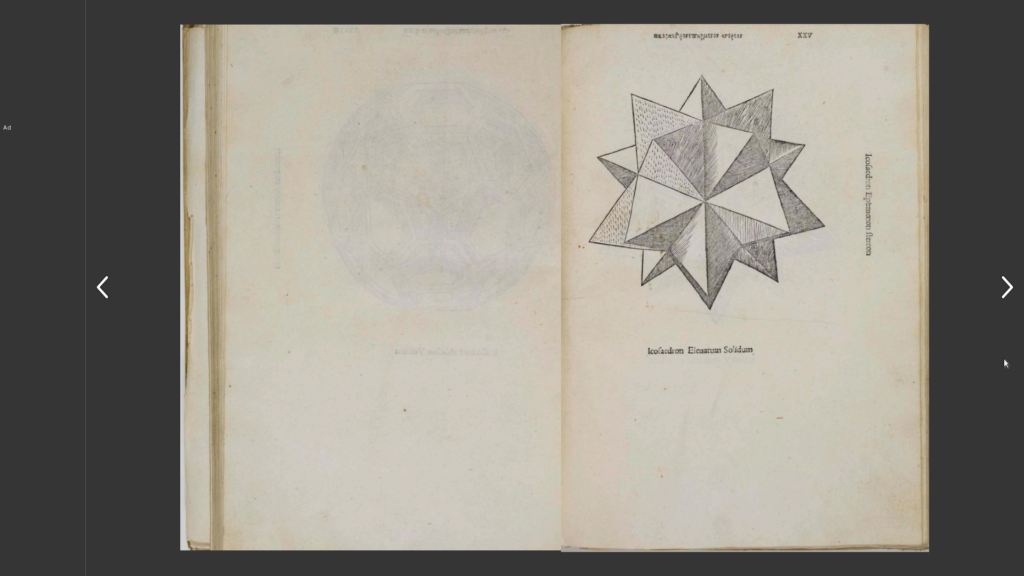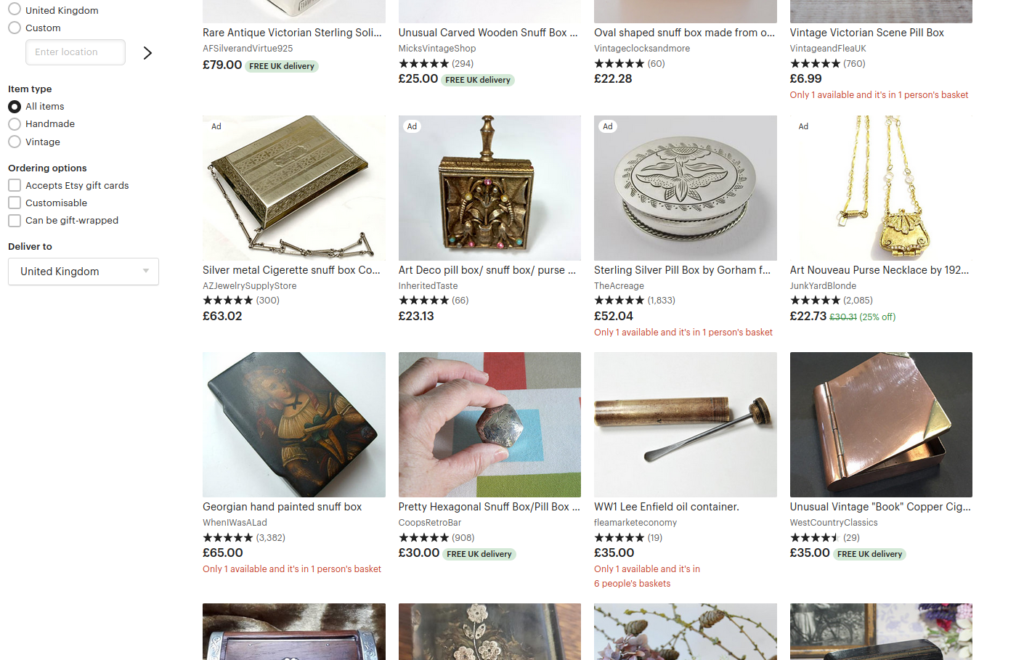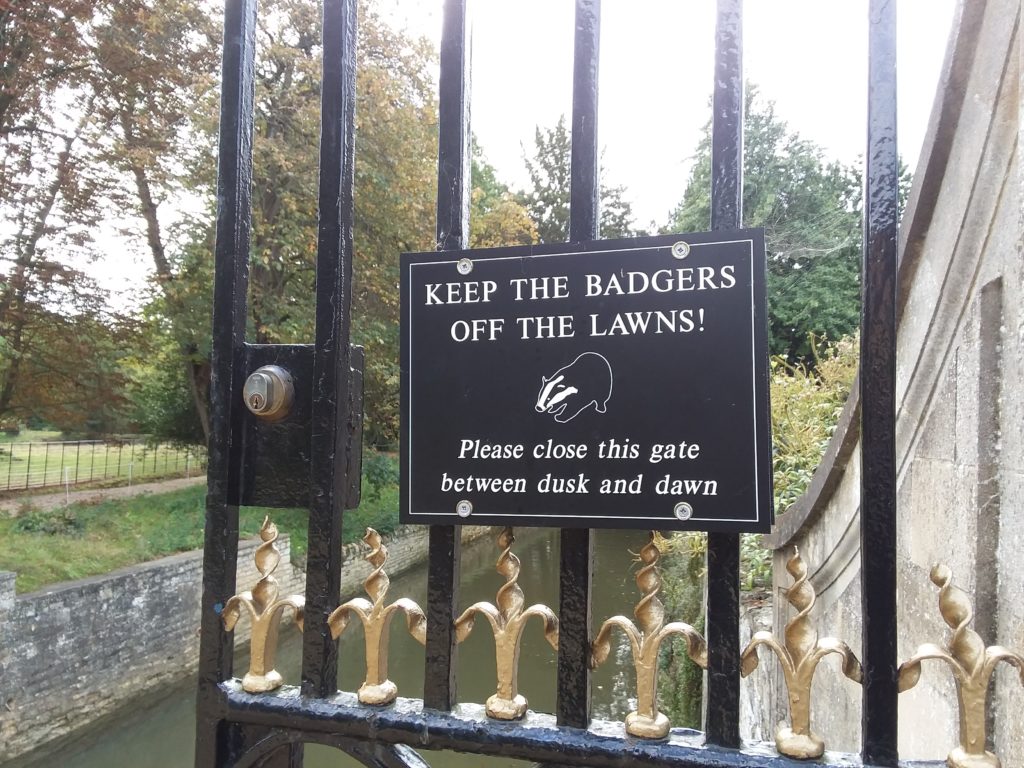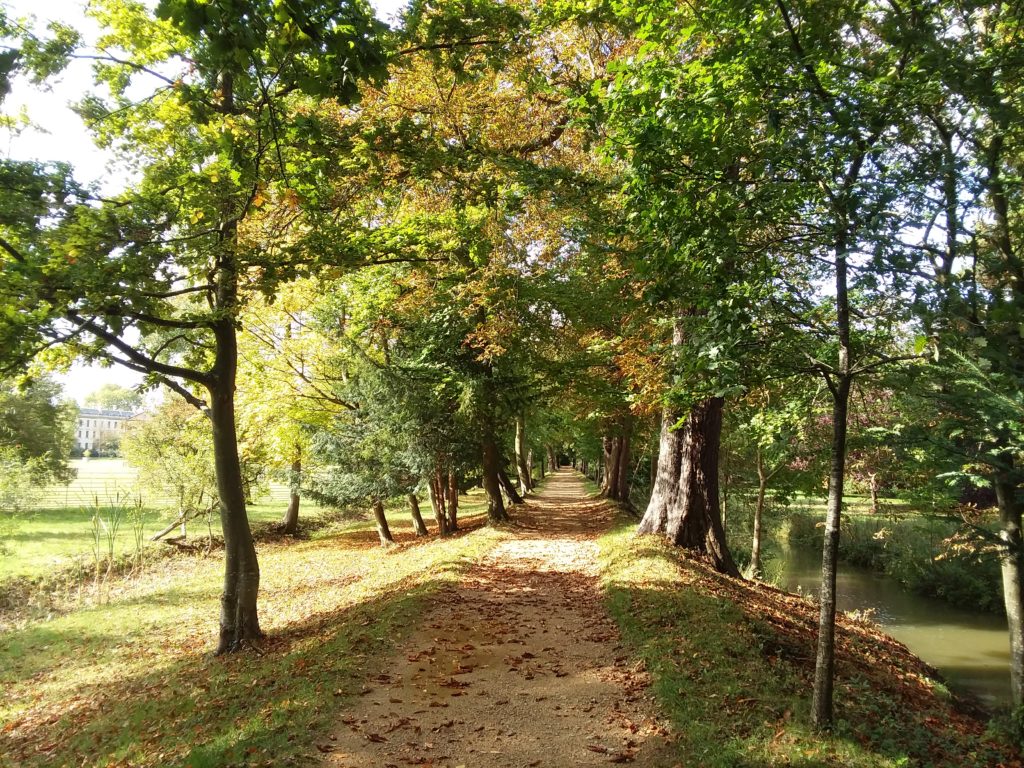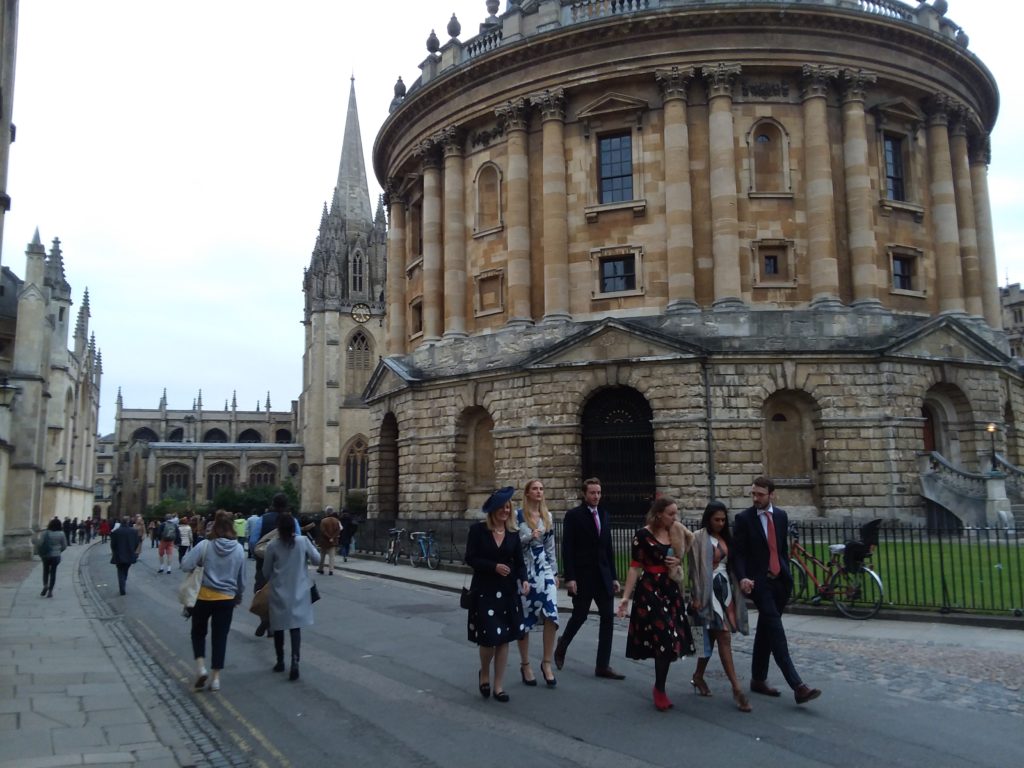[This is my third post on Newton. Previous posts: one and two.]
If you were to take a look around you during a math department seminar or colloquium, you would witness the audience’s attention begin to drift as the talk sunk further into detail and became increasingly difficult to follow. Losing interest in a talk is more or less expected, and the professional mathematicians in the audience come prepared. Maybe they bring a paper to read, or possibly exam scripts to grade. Sometimes they will turn to a fresh page of their notebook and begin doing some actual mathematics of their own.
As a graduate student at McGill, I remember watching a postdoc fill up a page with long exact sequences and all kinds of diagrams, the notation veering into doodles as he got stuck at what must have been a familiar dead-end. It was a rare, voyeuristic glimpse into someone else’s solitary mathematical practice. I later asked this postdoc — whose notebook I presumed was full of such pages — if he ever went back and reread what he had written. No, he admitted, with a guilty smile.
Which was a relief. Not only because my own notebooks were full of repetitious dead-ends, but also because I too almost never went back to review anything I’d written.
Much has been made of Imposter Syndrome among academics — doubting whether we have truly earned whatever position we have reached given how paltry our contributions can sometimes feel. There is a related sense of insecurity to be found in wondering if you are doing mathematics correctly. To be clear, I don’t mean whether a proof we have written up is sound, but whether or not our process of formulating and devising them is the the “proper” way. As if there might be a correct way (or even a professional way) of doing mathematics.
These are not new concerns to have.
Isaac Newton was incredibly secretive in his work and did not have anything approaching students as we might describe them. But after his death, the calculus he developed would form the foundation of modern mathematical and scientific education at Cambridge.
Those who scribbled hastily on those exam papers were students, above all, of Newton’s mathematical physics. Though Newton had not cultivated a following during his own tenure at Cambridge, by the end of the eighteenth century the principals laid down in the Principia — and in particular the mathematical contents of that book — formed the basis for an intensely competitive system of testing at the university by which students were ranked in descending order based on their results on terminal examinations. known as the “Mathematical Tripos.” (The origin of the term Tripos is uncertain, but it may refer to the three legged stool on which students originally sat to take the oral examinations.)
The Newton Papers – Sarah Dry, pg 85
The material, and especially the notation, would be modernized as European influences arrived, but Newton did not lose his centrality. The manner in which he actually arrived at his great insights became a matter of interest. There is a great distinction between how discoveries are made, and how they finally appear on the page. Everyone knew how they personally went about doing mathematics, and even how their tutors told them to do mathematics, but was that the same as how Newton went about making his original discoveries? For all they knew, it might have all been provided to him by divine revelation.

In 1872 a means of settling the question presented itself. Newton’s papers — or at least a large portion of them, covering far more than mathematical physics — had resided for nearly 150 years in the library of one of England’s aristocratic houses: Hurstbourne park. But now the Earl of Portsmouth was donating the scientific portion of papers back to the University of Cambridge.
Newton had been famously coy about his own methods, suggesting that he had kept his true means of discovering the Principia private and had only cast them publicly in the language of geometry. The question was therefore whether he adhered to the rigorous, manly, and above all morally upright techniques of thinking that Cambridge undergraduates were coached to acquire. To answer this Stokes and Adams were forced to consider whether Newton himself should — or could– be held accountable to the techniques that were mastered in his name. The Newton papers had the potential to probe more deeply the shadowy divide between patient work and divine inspiration, offering the promise of settling not simply what Newton had done but how he had done it. […] the question had a special urgency at Cambridge where the moral value of study was paramount. In that respect the Newton papers mattered for every undergraduate preparing for the Tripos and for what the Tripos itself stood for. Would the man who served as a model for what should be learned also reveal himself through his private papers, as a model for how to learn?
The Newton Papers – Sarah Dry, pg 88
Sarah Dry, author of The Newton Papers, a chronicle of the journey Newton’s writings took after his death, presents an interesting comparison of the two mathematicians, John Couch Adams and George Gabriel Stokes, who were tasked with making sense of his old notebook papers.

On the one hand was John Couch Adams, whose ability to compute mathematically in his head was the stuff of Cambridge legend. This savant-like ability came with a tenacious reluctance to write anything down. This reluctance cost English astronomers the first opportunity to observe Neptune. Having deduced, from Uranus’ orbital irregularities, where a mystery planet should be found in the night sky, he failed to explain himself clearly to the astronomical bigwigs, who had little patience for the recent graduate. Roughly a year later, in 1846, the Frenchman Urbain Le Verrier managed to solve the problem and pointed his country’s own telescopes in the right direction. Adams was left with nothing but his incomplete written accounts and undated papers declaring his discovery, making establishing precedence impossible. Not that he seemed much bothered by losing out on the glory. He was personally very satisfied simply to have managed the computation.
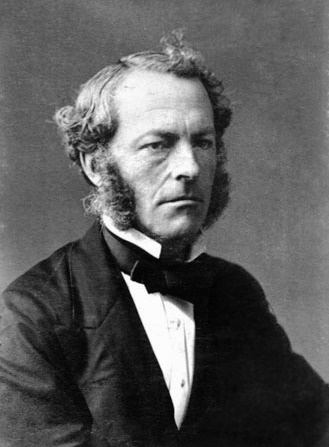
George Gabriel Stokes (of Navier-Stokes and Stokes’ Theorem) on the other hand, wrote compulsively, both mathematically and in personal correspondence (often to ease his own insecurities). Later in life he became editor of the Philosophical Transactions of the Royal Society, then the foremost journal in science, and this involved dealing with a huge amount of correspondence. Unfortunately he was a hoarder of papers of all and every kind, filling the rooms at his disposal with tables on which to pile up his papers. This was all compounded by his inclination towards procrastination
They might have made a formidable team, had their temperaments combined to negate the other’s weaknesses. Instead the project to deliver a verdict on the value of Newton’s papers and reveal his way of thinking was subject to great delay. Of the two however, it seems that Adams was the one who was most readily able to probe the documents deeply. Sarah Dry quotes Glaisher (Adam’s obituarist) as saying:
[…it was a] difficult and laborious task, extending over years, but once which intensely interested him, and upon which he spared no pains. In several instances he succeeded in tracing the methods that Newton must have used in order to obtain the numerical results which occurred in the papers. The solution of the enigmas presented by these numbers written on stray papers, without any clue to the source from which they were derived, was the kind of work in which all Adam’s skill, patience, and industry found full scope, and his enthusiasm for Newton was so great that he had no thought of time when so employed. His mind bore naturally a great resemblance to Newton’s in many marked respects, and he was so penetrated with Newton’s style of thought that he was peculiarly fitted to be his interpreter. Only a few intimate friends were aware of the immense amount of time he devoted to these manuscripts of the pleasure he derived from them.
John Glaisher — Memoir of the life of John Couch Adams
What Adams was doing, in his own manner, was nerding out. As with the discovery of Neptune, it seems that his motivations were overwhelmingly personal, and less in service to the scientific community. Imagine a referee today reading the paper under review very carefully, but forgetting to take notes and neglecting to get back to the editor. Nevertheless, conclusions were eventually drawn out of their little committee and a report of their findings was presented.
Here was confirmation that Newton had indeed worked by process of refinement that inevitably included false starts and error. In this sense, Newton revealed himself to be less an otherworldly genius and more a figure with whom the Cambridge wranglers could identify, a tireless worker in the mathematical trenches, where progress was made by increments rather than leaps. Adams knew the feeling well. In 1853 he had published an important paper pointing out errors made by Laplace in determining lunar motion and promising to provide the correct calculations soon; it had taken him six long years to get the final numbers. Here, in the papers, was evidence that Newton had worked just as hard to come up with his results.
The Newton Papers – Sarah Dry, pg 105
By the time I had finished my PhD I had produced a sizable pile of used dollar-store notebooks. Browsing through them I could recognize the contours of what I’d spent the past four years trying (and occasionally succeeding) to do. I might even have reconstructed from the pictures and computations I had written out what I might have actually been thinking at the time. And aside from myself, there are a few people in the world who could possibly make sense of their contents. It all went in the recycling. If somehow one of my notebooks did manage to survive, and made its way into the hands of future scholars, I would be alarmed to consider them giving the content more than cursory attention.
The hundreds (?) of pdfs that I have produced, now sitting out there in the cloud stand a far better chance at outliving me. And not just my published work and arxiv pre-prints (which number in the tens). But everything I ever committed to a latex document in my own personal space up there in the cyber heavens. Among all the discarded drafts that might find evidence of something interesting. Not only what I managed to do, but also what I failed to do. What I thought I had succeeded in doing, but had in fact betrayed my own good sense. When I have found mistakes, I am occasionally mindful enough to leave a short note in all-caps to make it clear where the point of failure lies. There is a great deal we can learn from knowing what other mathematicians have tried and failed to do.
Unlike physical notebooks, our cloud storage is password protected. Digital inheritance is already “a thing”, but it seems unclear to me how it will work out in practice. Kafka left his manuscripts in the possession of Max Brod with the instructions that they be destroyed in the event of his death. Brod told Kafka himself that he certainly wouldn’t, and indeed when Kafka died at the age of 40 as a consequence of tuberculosis, Brod set about getting Kafka’s work published. I haven’t taken a survey, but I would imagine that most young writers have made no attempt to ensure their passwords and unpublished estates are in suitable hands. In principal it is possible to submit a request to Google for access to the accounts of the deceased, but I can’t imagine there are any guarantees. I certainly have no idea what the terms and conditions that I have accepted have to say about such eventualities.
Newton died a man of wealth and importance. With neither wife nor children he had no direct descendants, but he did have a slew of half-nephews, half-nieces, and children of his half-sisters. The assets of obvious value were split between them. Those assets of less obvious value — the leftover pile of notebooks and “reams of loose and foul papers” fell into the possession of Catherine Conduitt. She was one of Newton’s half-nieces, and wife to John Conduitt, who had actively assisted Newton in his duties as master of the Royal Mint. This was the consequence of some rather wild tying-up of loose ends:
Newton had died while holding the post of master of the Mint, which in those days required that its holder assume personal responsibility for the probity of each new coinage of money. That meant that at Newton’s death he had nominal debts amounting to the entire sum of Great Britain’s national coinage. John Conduitt agreed to take on this debt until the coinage had been certified, accepting liability for any imperfections in the coins. In exchange for assuming this risk, he asked for, and was granted Newton’s manuscripts.
The Newton Papers – Sarah Dry, pg 15
The Conduitts took ownership of these papers with the view of producing a biography, and begin the work of securing Newton’s posthumous reputation. They became the first in a long line of people who had access to the papers, but lacked the tools really required to properly make sense of them. Their daughter, Kitty Conduitt married John Wallop who would become the Earl of Portsmouth, and papers would enter the library of Hurstbourne Park, seat of the Portsmouth family. (That is to say they fell into the possession of the aristocracy.) And it was there that they would remain, save occasional minor forays, and the recovery of the substantial portion of scientific papers by Stokes and Adams. What finally shifted the remaining papers out into the open was the fall of the English Aristocracy. In 1936, under the financial pressure of death duties and a recent divorce, Gerald Wallop, the ninth Earl of Portsmouth had the papers put up for auction at Sothebys.

If there is a hero in Dry’s account of the Newton Papers, it must be John Maynard Keynes. His heroic virtue being exceptional taste and judgement. Having begun collecting books as a child (possibly his first foray into speculation) he developed a rather prescient sense for what should be considered valuable. Unlike the majority of collectors he shared the marketplace with, Keynes was actually interested in reading the books themselves. He was less interested in the superficial qualities: illuminations, illustrations, binding, or an illustrious list of prior owners left him unmoved.
Keynes’s new style of collection was self-consciously intellectual, as opposed to aesthetic or literary. It asserted that a particular history of ideas or chain of thought linked certain men through the ages. And it projected the implicit assumption that its creator was an inheritor of both the material and the intellectual masterpieces of a previous age. Keynes was a thoroughgoing Bloomsburyite in his respect. The paintings on the wall, the rugs on the floor, the furnishing in the room, and the books on the shelves were never just things: they were the physical embodiment of ideas and values whose display was a source of both aesthetic pleasure and moral reinforcement. A book in the hand, like the good life in Bloomsbury of the Sussex countryside, linked the life of the mind with that of the physical world.
The Newton Papers – Sarah Dry, pg 147
You might already get the sense that Dry sees Keynes as simply bringing a new set of beliefs to the table, complete with their own set of limitations. Indeed, Keynes considerable contribution to our modern impression and understanding of Newton as half magician and half scientist, was really a very hot take based on an initial reading. He was the one who announced that the papers reveal Newton devoted great time and energy to the disreputable pursuits of alchemy and heretical theology. Yet the fact that so many of Newton’s papers have remained together and in the possession of the University of Cambridge can be attributed to his prescience sense of the papers’ importance.

Kaynes was only one of two major buyers at Sotheby’s. Abraham Yahuda, a scholar of ancient languages, bought most of Newton’s theological writings. Yahuda had found himself alienated from his own field of scholarship, due to recent developments in Higher Criticism applied to biblical scholarship. The Documentary Hypothesis was a shocking new line of textual analysis that argued the origins of the Torah were of combination and synthesis with earlier texts. As a consequence, these texts cease to resemble one coherent whole revealed to man, and begin to look more like artifacts of history and culture.
For Yahuda this was a vision of criticism taken to extremes, the text reduced to nothing but error, the possibility of meaning dissolving amid a multiplicity of authors, leaving only commentary, a Talmud with no Torah left in it. He thought in particular that too many sources were being attributed to the Pentateuch and that too many “experts” were exerting themselves “in the art of text alterations and source-hunting.” Thus “the original text was distorted and disfigured and in its place was offered a quite new text of pure invention.” In Newton, who himself sought to return a blemished Christianity to its purer origins, Yahuda found a kindred soul. Interpreting ancient texts didn’t require robbing them of fixed meaning. Both Newton and Yahuda sought instead to find a singular truth amid the variations.
The Newton papers – Sarah Dry, pg170
As a consequence of Yahuda’s desire to find an ally in Newton, those theological papers now reside in The National Library of Israel.
The final portion of Dry’s book concerns the subsequent attempts at synthesis of the material. The fact of the matter is that the task was simply impossible. There is too much material, covering too many subjects for any grand unifying conclusions to be drawn. It was hard to even put together a definitive edition of the Principia that covered all the different editions as well as Newton’s own marginalia. When finally published it was controversial due to the inevitable editorial decisions to include or not include certain material.
It is worth making one final point clear. I have never read Newtons’ Principia. I don’t believe you could find a research mathematician alive who has — unless their research happens to be the history of mathematics. It is a book whose significance is measured in its influence. Many decisions in its composition — in particular the modelling Newton’s Laws on the axioms in Euclid’s Elements — were very important. But you should not read it. When we discuss “great” books, there is usually the tacit understanding that we are missing out if we have not actually read the book. I am quite certain that we have not missed out.

